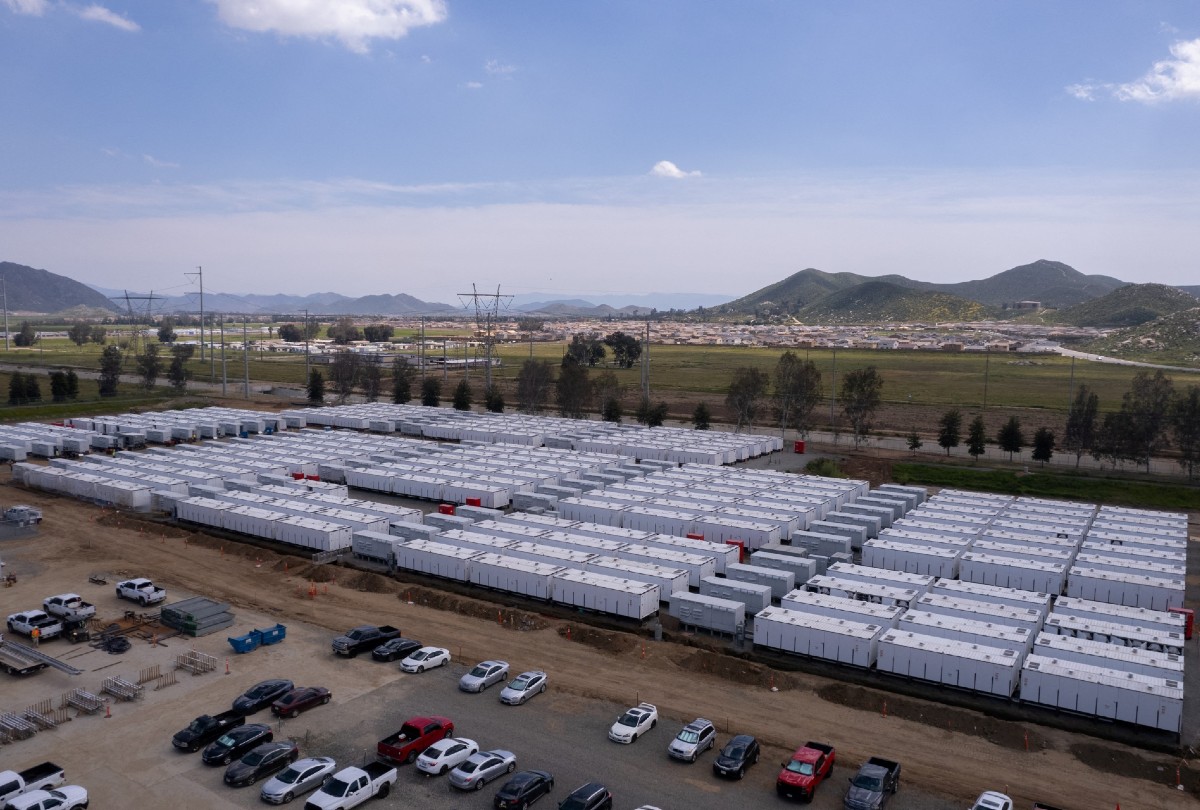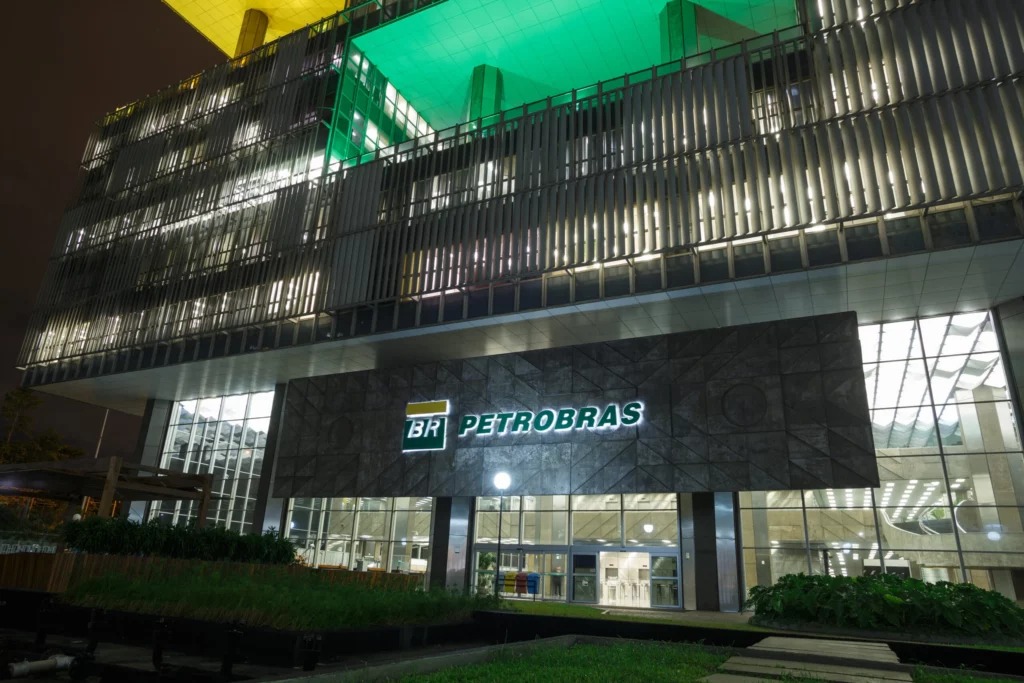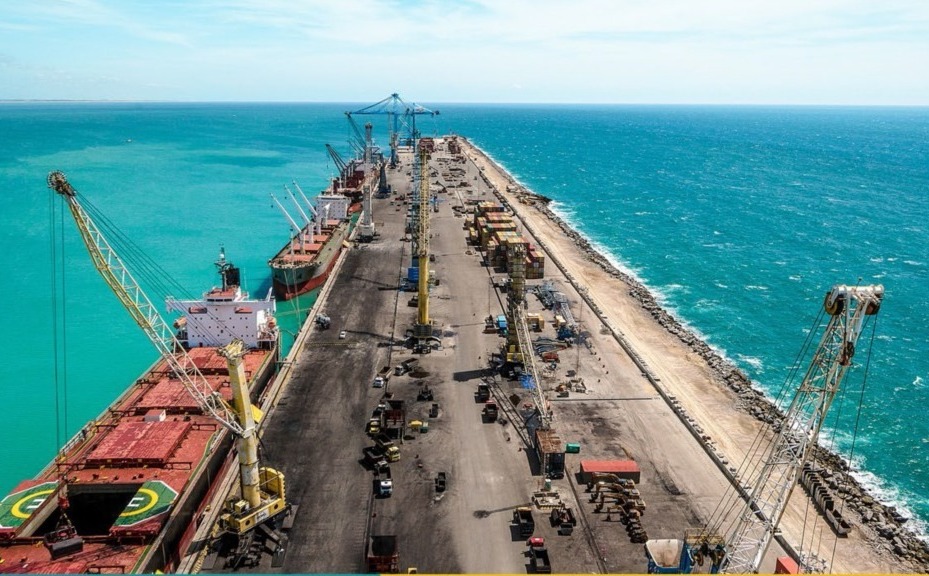Giant Batteries Are Transforming the World's Electrical Grids

Global energy storage capacity has tripled in recent years, thanks to an industry that barely existed a decade ago.
By David R Baker
Each cabinet contains 20 new lithium-ion batteries that, starting this spring, will feed power into California's often-strained electrical grid, helping prevent blackouts. They're essentially bigger versions of the rechargeable batteries that power phones, laptops and electric cars. Together they'll supply 75 megawatts of electricity to the grid, enough to power 56,250 homes.

Illustration: Jay Daniel Wright for Bloomberg Businessweek
The San Jose building, whose past occupants include IBM and a defunct solar startup, houses Hummingbird Energy Storage, part of an industry that barely existed 10 years ago but has become essential to keeping the lights on in California, Texas and other states, and that's spreading around the world. The rapid growth of large-scale energy storage is driven by plunging battery prices, rising electricity demand and a recognition among operators, utilities and public officials that grids are less reliable than they once were.
"Energy storage has become a linchpin" for avoiding disruptions, says Joseph Williamson, vice president for projects at esVolta LP, the company that developed and owns the Hummingbird facility, which will store electricity delivered by a nearby PG&E substation. EsVolta will sell the energy back to grid customers as needed.
The deployment of grid-scale batteries in California began in 2013, when a state commission established energy storage targets for large utilities. That spurred utilities to issue contracts for battery installations to developers such as esVolta, Tesla and Fluence Energy. But installations spiked after a brutal August 2020 heat wave led to rolling blackouts and a reckoning among policy leaders about the state's preparedness for climate change. From 2021 through 2023, the state installed 8,171MW of storage, according to BloombergNEF. That's more than all the power plants in Alaska and Hawaii combined. There hasn't been a rolling blackout since, despite plenty of high temperatures.

Source: BloombergNEF
Although they don't produce energy themselves, batteries have advantages compared with renewable power arrays or gas-burning power plants, which are how utilities have traditionally added to the electricity supply. A battery farm can be set up almost anywhere, and homeowners rarely object to living near one. They're getting cheaper: Global prices for large-scale energy storage systems have plunged 73% since 2017, according to BNEF. Their ability to switch on and off instantly lets them recharge when electricity is cheap and sell power when prices rise. And they're relatively fast to deploy, with the installation at the Hummingbird facility taking less than a year. "Just the speed of that coming on has been amazing," says John Zahurancik, senior vice president for the Americas at Fluence Energy Inc., one of the biggest battery developers in the US.
Batteries also address a problem specific to renewable energy. Solar plants often generate more electricity in the middle of the day than California needs. The state deals with some of that excess by selling it across the Western US, but a lot of it simply goes to waste. Now some of that energy recharges the battery fleet, and after the sun goes down, the batteries send that electricity back to the grid, keeping lights, televisions and air conditioners humming. The arrangement works so well that most new solar and wind farms built in the US and elsewhere include giant batteries.
Texas started installing industrial-size batteries later than California but is quickly catching up. By the end of 2023, it had enough storage to supply electricity for about 758,400 homes, up from around 59,000 in 2020, according to BNEF. A surging economy there is straining electricity supplies, and when the summer heat arrives, grid managers need every possible energy resource, says Woody Rickerson, chief operating officer at the Electric Reliability Council of Texas, which manages the state's grid. The new storage capacity proved its worth last summer, when a series of heat waves brought triple-digit temperatures to much of the state and kept them high even at night. Without the batteries, "we would have been in some pretty bad situations there," Rickerson says.
Other US states, including Arizona, Colorado, Florida and Vermont, saw large battery installations in 2024. Tesla Inc. developed an expansive battery system in Australia. China, which requires batteries to be installed at new solar or wind farms, overtook the US as the world's biggest energy storage market in 2023 and was expected to add 36 gigawatts of batteries in 2024, equivalent to the output of 36 nuclear reactors. The US, in contrast, was on track to add almost 13GW in 2024, according to BNEF research, with an additional 14GW coming in 2025.

Source: BloombergNEF
Batteries have their limits. After several fires at large battery installations-including a 2022 blaze that briefly shut down California's Highway 1-developers switched battery formulas so that cells are less prone to overheating. (An adjacent energy storage facility caught fire on Jan. 16, forcing the same highway to close once again and prompting evacuations of nearby homes.) Beyond that, electricity demand in the US, little changed for most of the 21st century, is expected to soar as data centers, new factories and plug-in cars consume ever more power. Texas is spending $5.4 billion to build more power plants burning natural gas, even as it's adding batteries, and efforts to build nuclear plants are gaining momentum. "We could keep adding more solar, more wind, but when you're at 8:30 on an August evening, more solar won't help," says Rickerson.
Now the test lies in extending the number of hours batteries can operate. Extreme weather can cripple grids for days. Companies are racing to develop batteries that can last as long, using chemistries quite different from lithium-ion. Eos Energy Enterprises Inc., based in New Jersey, offers a zinc-based battery that can supply power for as long as 16 hours. Form Energy Inc. makes an iron-air battery that can discharge for 100 hours straight. The startup has raised $1.2 billion and recently opened its first factory, near Pittsburgh. Utilities in Colorado and Georgia have already signed contracts for installations, with the first scheduled in 2025. The challenge, says Form Energy CEO Mateo Jaramillo, is "to build a grid that is larger than the weather."
EnergyNow.com
https://energynow.com/2025/01/giant-batteries-are-transforming-the-worlds-electrical-grids/


